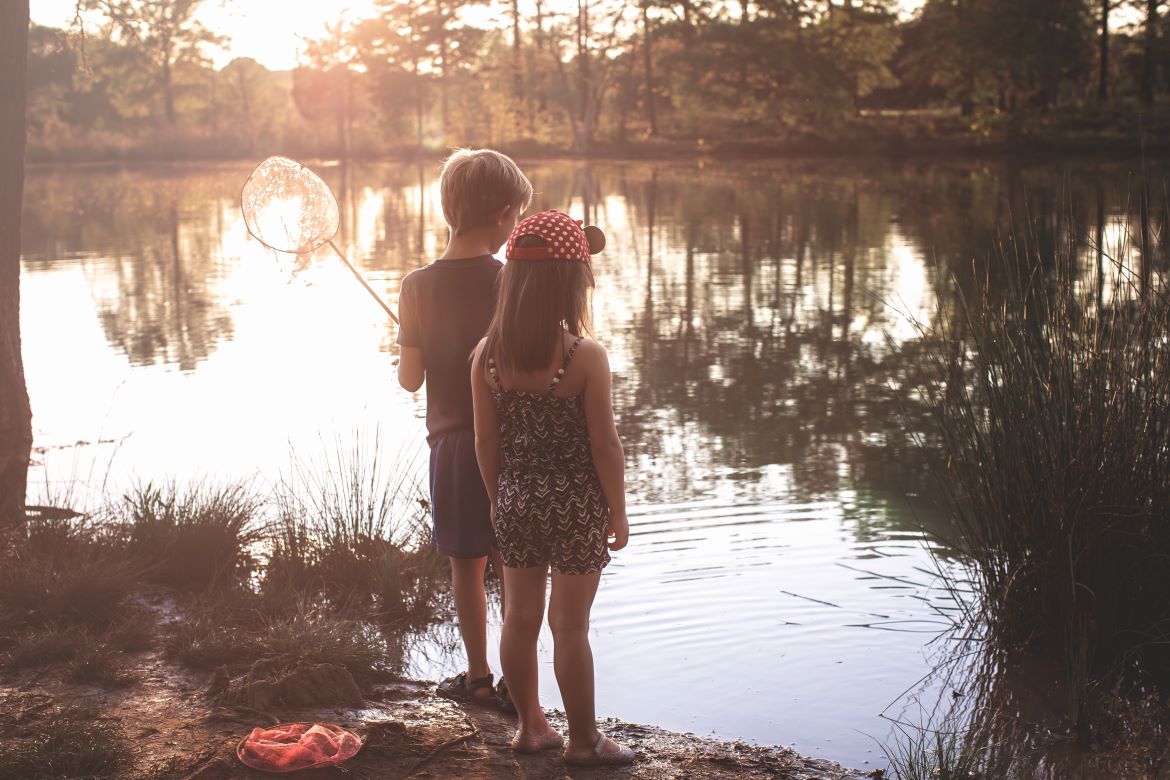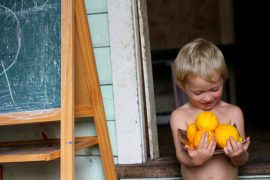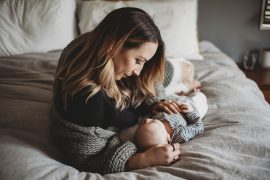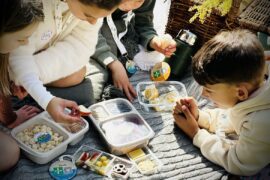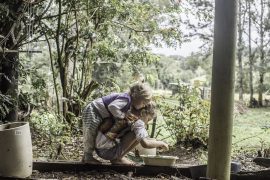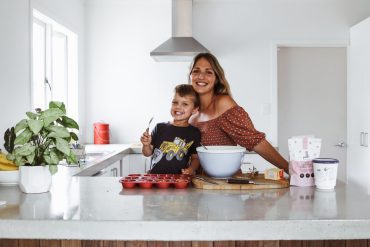By Samantha Johnson
… You are going to be OK.
I never planned to be a homeschooling parent.
In much the same way as I never planned to be a co-sleeping parent or a breastfeeding parent, it’s just one of those things that I seem to have fallen into.
Parenting has taught me, if nothing else, that flexibility is key.
I have learnt to let go of any ideas of how things ‘should’ be, and instead I find myself following the lead and the needs of my children.
In this strange, unknown world we are currently living in, it seems many other people also find themselves walking an unexpected path. One they had certainly never pictured or planned for when they were imagining what life with kids would look like.
When the coronavirus pandemic suddenly threw countless families into the uncharted territory of ‘home learning’, it began to create a shift for many people in how they viewed their children’s education.
While for some parents it was an experience that left them frustrated and exhausted and with a new respect and reverence for the work of teachers, for others, it left them questioning if the education system they were relying on to help their children learn and flourish, was really able to meet their needs.
These families found that having their children at home created a new experience of learning that really suited them. It allowed them to customise and personalise their educational experience, give them hands-on and one-on-one support, and gave their child the freedom to learn in a way that best suited them, following their natural interests and curiosity.
The approach to returning to school had always been advertised as one that would be gradual: a staggered, slow approach that would assess our current health environment on an ongoing basis.
Parents, teachers and students prepared for this and as term 2 commenced, most children continued to learn largely from home, with 1 or maybe 2 days a week attending school face to face.
The expectation was that this gradual approach would be sustained throughout the early part of the term, with a slow and steady increase in face-to-face learning to be introduced over the coming weeks, resulting in a goal of full-time on-campus learning by the end of term.
So it came as quite a shock when, after months of being told to stay home and stay safe, parents, students and staff were told that all schools would return to compulsory full-time face-to-face learning, with only a few days notice to prepare.
It was yet another unexpected shock, during a time that had already been filled with unease and uncertainty.
The community was clearly divided in its response to this decision.
Some parents were relieved at the news, decidedly firm in their belief that school was the best and most appropriate place for their children to be.
Others were less certain.
After so many months of warnings and precautions, how could the school environment suddenly be the best place for their children?
And why did they feel they had no say or power in regards to this decision?
They started to look into what was available to them and how best they could support their children’s education.
Based on the numbers of new members that have flooded into homeschooling groups and communities online, the option many discovered might work best for them was continuing to educate their kids at home.
But for these families that have been thrown into this experience with little time to plan or prepare, their experience of homeschooling is limited to the ‘home learning’ that was facilitated by the schools their children were enrolled in.

